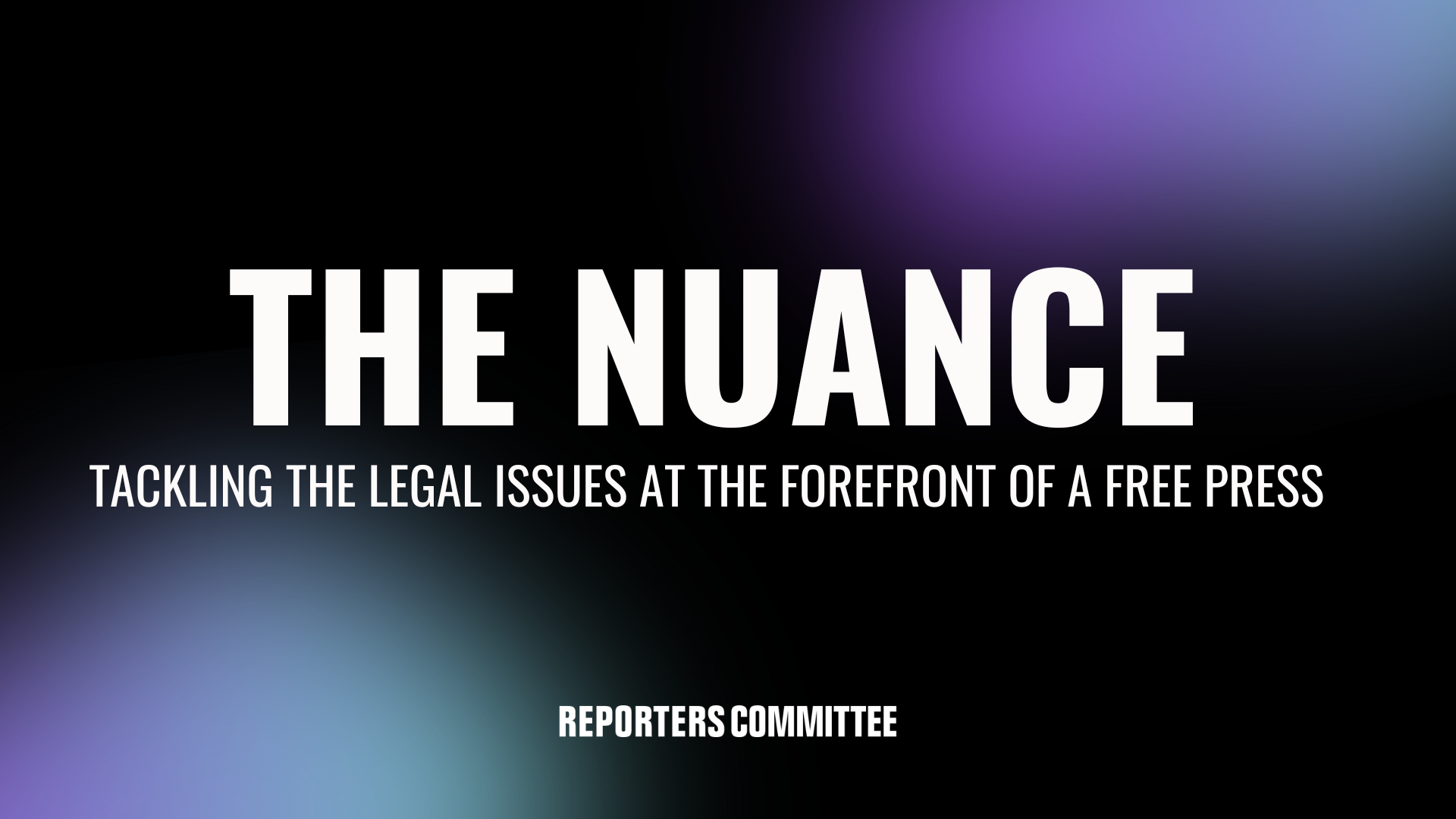Supreme Court narrowly interprets bar on ‘encouraging’ unlawful immigration

Last week, the U.S. Supreme Court issued its decision in United States v. Hansen, upholding — but narrowing — the federal bar on “encouraging” and “inducing” unlawful immigration. A majority of the Court acknowledged that the statute would raise constitutional questions if read literally — that is, according to the meaning of these terms in common parlance. Instead of reading the statute that way and striking it down as unconstitutional, the Court concluded that the terms “encourage” and “induce” should be understood as legal terms of art that track the requirements for solicitation and aiding and abetting liability in criminal law that have developed over centuries.
We have written about the Hansen case in this newsletter a couple times before, and the Reporters Committee filed a friend-of-the-court brief with the Supreme Court, highlighting the concerning way that the statute had been used to justify surveillance of journalists reporting at the border. As we talked about in an earlier post, we uncovered the fact that this statute was being used against journalists through document productions in a Freedom of Information Act lawsuit. This, we argued in our brief, demonstrated that the chilling effect of the law on journalists and on First Amendment-protected activity was not merely hypothetical.
Esha Bhandari, counsel for respondent Helaman Hansen, referenced our friend-of-the-court brief several times during oral argument in the case to emphasize the point that the statute has, in fact, been used to justify surveillance of journalists for reporting on immigration. And Justice Ketanji Brown Jackson devoted a paragraph to discussing our brief in dissent, writing: “There can be no doubt that this kind of Government surveillance — targeted at journalists reporting on an important topic of public concern, no less — tends to chill speech, even though it falls short of an actual prosecution.”
It is true that the majority opinion narrowed the definition of “encourage” and “induce” in a way that would make actual prosecutions of journalists under the statute unlikely. But, as Justice Jackson notes, even a statute narrowed in this fashion can create mischief through its aggressive deployment by investigators. It’s a positive result, but not one entirely free of lingering concern.
Like what you’ve read? Sign up to get The Nuance newsletter delivered straight to your inbox!
The Technology and Press Freedom Project at the Reporters Committee for Freedom of the Press uses integrated advocacy — combining the law, policy analysis, and public education — to defend and promote press rights on issues at the intersection of technology and press freedom, such as reporter-source confidentiality protections, electronic surveillance law and policy, and content regulation online and in other media. TPFP is directed by Reporters Committee attorney Gabe Rottman. He works with RCFP Staff Attorney Grayson Clary and Technology and Press Freedom Project Fellow Emily Hockett.